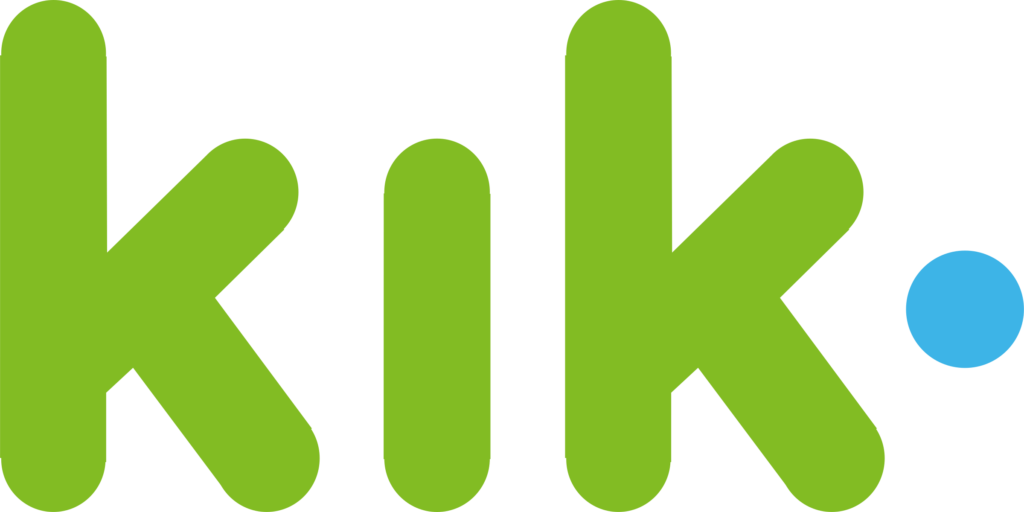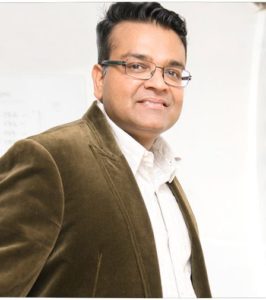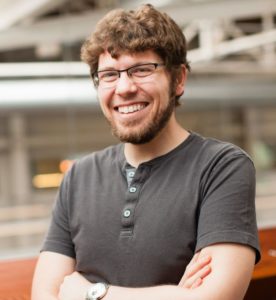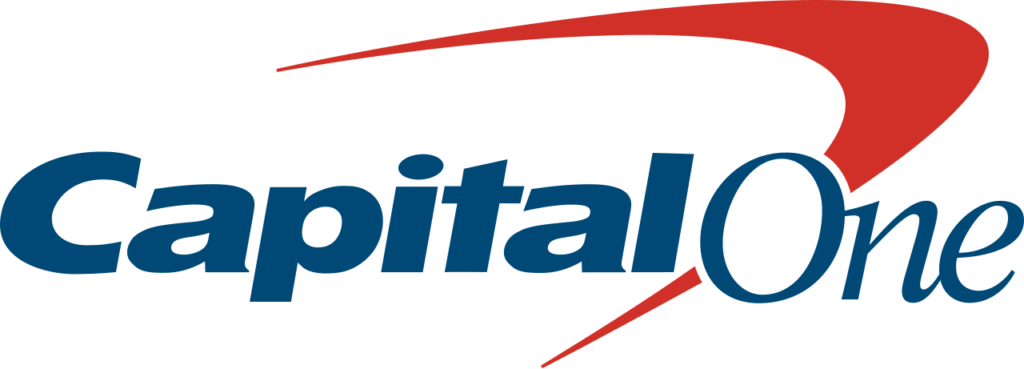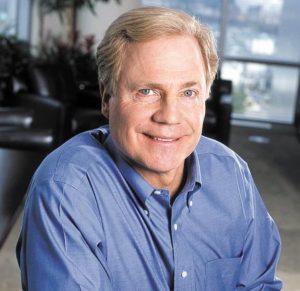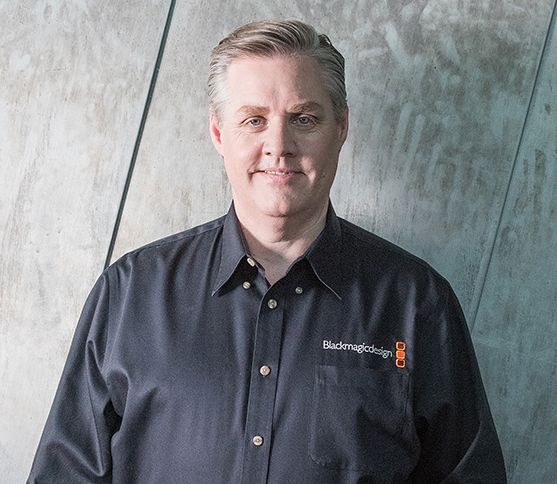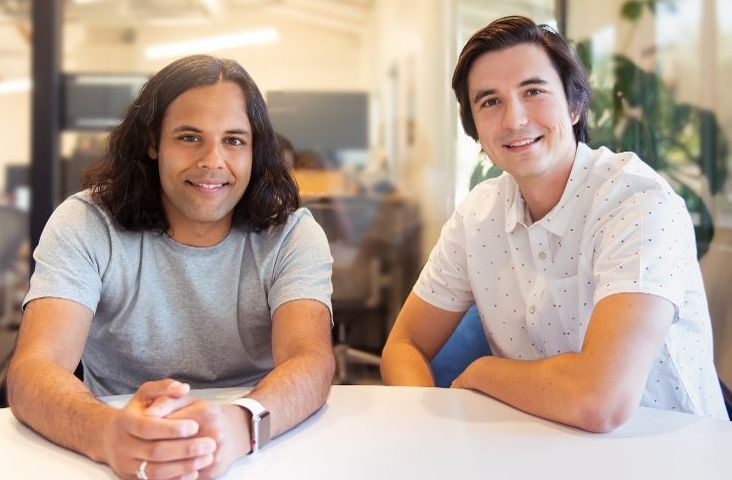Ted Livingston : The Journey of the Founder of Kik Messenger
Establishing a new innovative start-up is the ultimate dream of every young entrepreneur out there. And, especially, if a mind has both excellent technical skills and impressive business strategies, wonders can be created. But, how many of us realize that the real voyage begins after one has accomplished his or her dreams? Because with great power comes great responsibilities. Reaching the zenith is easier than holding onto it. It is obvious that one will face ups and downs during the entire journey of success, but one must be strong enough to not give up or choose a wrong path.
Ted Livingston, founder of Kik Messenger and an incredible tech genius, was sentenced to death in 9th June 2019 for committing fraud, drug trafficking and an endless chain of illegal activities. He confessed all of his crimes saying that he did everything to save his company from bankruptcy, though the press release gives enough evidence of Kik’s short-term success. He started the company after he was rejected by RIM (Research in Motion), which led him to join the Velocity program, and finally, open his own start-up. So, let’s have a look into Livingston’s life before he hit such a massive crisis.
Early Life
Livingston was born in 1987, in Toronto, Ontario to a prosperous family. His father was a financial advisor, and his mother worked in the advertising sector. From a very young age, Livingston showed a great interest in building robots, and he joined the robotics team of his school. He went to Crescent School in Toronto and graduated from there in 2005.
Higher Studies and Early Career
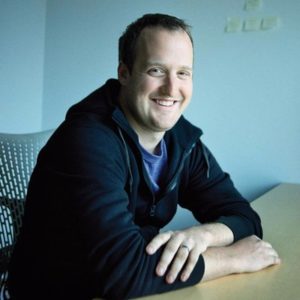
Livingston pursued a Bachelor’s degree in mechatronics at the University of Waterloo, but he dropped out later. During his time at the university, he took part in the Waterloo co-op program and landed placements at Honda and City of Toronto Government.
In 2007, he started working as a Systems Engineering Project Coordinator at RIM, and then, as a Technical Product Management Coordinator. The internship was a part of his engineering course, and, Livingston once said about it that the best part about the internship was having a smartphone with a full data plan which was very expensive at that time.
Since he acquired a very lucrative position at RIM, during his internship, he got to work with every product manager individually and learnt a lot of new things. He was so good at his job that his boss advised him not to go for a full-time job in RIM and rather open his own company. This was all the motivation he needed, and hence, he turned down the job at RIM in 2008.
Founding KiK
Ted went back to Waterloo to complete his Bachelor’s degree, but somehow he ended up participating in the Velocity program followed by founding KiK. At first, Livingston created KiK Music, which was then known as Unsycned for RIM (later known as Blackberry). The app was connected to BBM to allow users to share soundtracks via messenger. But, KiK had bigger plans, which were blatantly turned down by RIM. So, Livingston and his team started working on the Kik messaging app on their own, and it was released on 19th October 2010.
While messaging apps like WhatsApp and Ping were already ruling the market, KiK hit one million users within 15 days of its release. Pretty impressive for an infant company, isn’t it? Though KiK was initially released for iOS and BlackBerry, BlackBerry removed it in November 2010 from BlackBerry App World followed by filing a lawsuit against KiK, which was settled later in 2013.
Success of KiK
In 2014, KiK raised $38.3 million from Series C funding followed by $50 million in the next year, thus resulting in KiK’s total worth to $1 billion. Gradually, KiK decided to raise funding in cryptocurrencies, and it raised $125 million cryptocurrencies through an ICO in September 2017.
In June 2018, Kin Coin (for cryptocurrencies) was released officially in Beta version, and in the next month, Kinit Beta App was released which was exclusively for the US residents.
Death Sentence of Livingston
The news of Livingston’s death sentence hit like an unexpected jolt to the world. He was accused of multiple reasons which included conduction of an illegal ICO, drug trafficking, prostitution and fraud. And finally, he was given a death sentence by an SEC Commission.

Annasha Dey is an NIT student, who apart from studying engineering is also a content writer. She has a great interest in photography, writing, reading novels, and travelling as well. She is a foodie who loves socializing and hanging out with her friends. She is also a trained Kathak dancer and a big fashion enthusiast. Dey also loves watching TV series, which includes F.R.I.E.N.D.S. and Big Bang Theory. To be a better writer she prefers to read more
